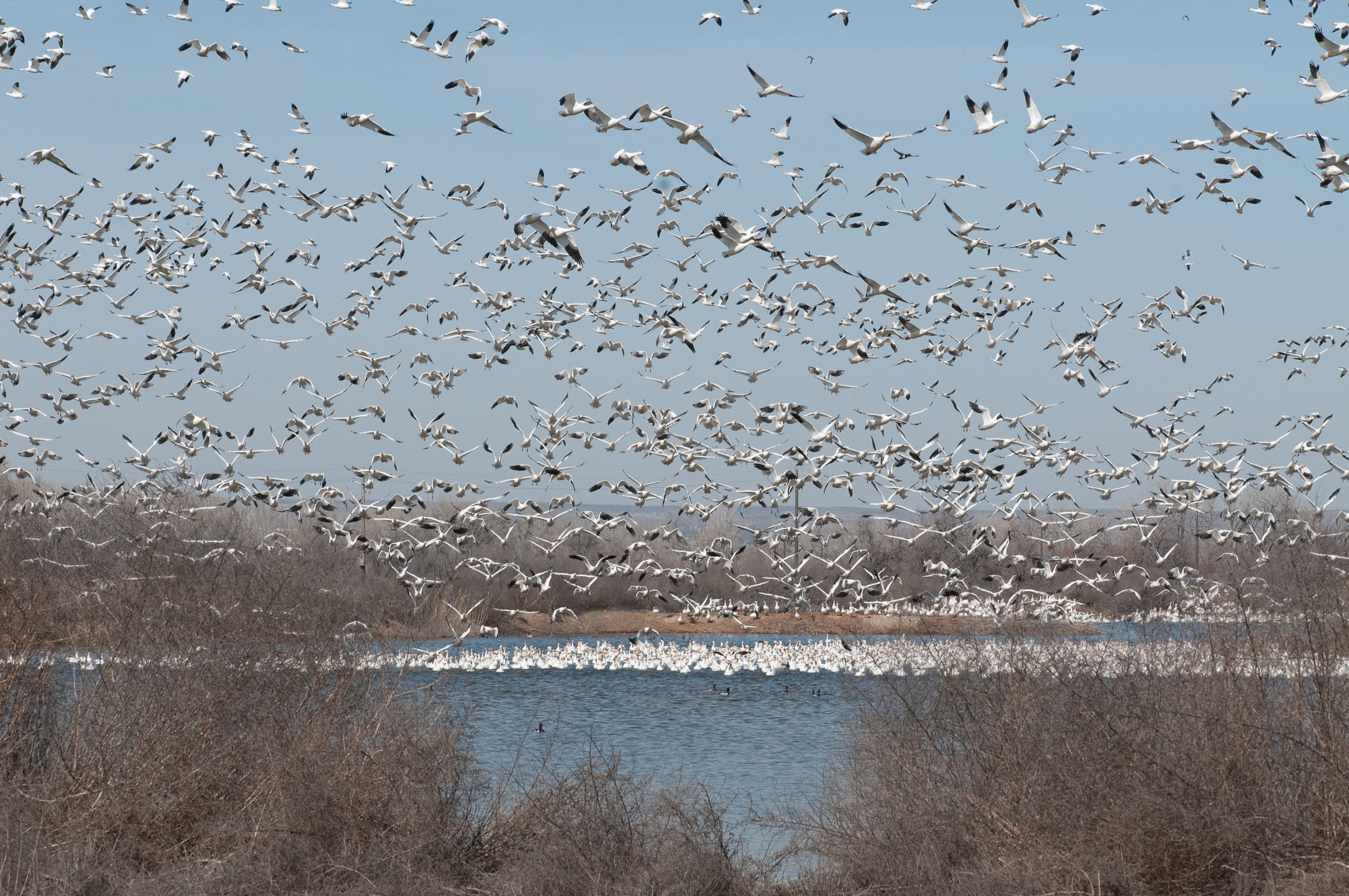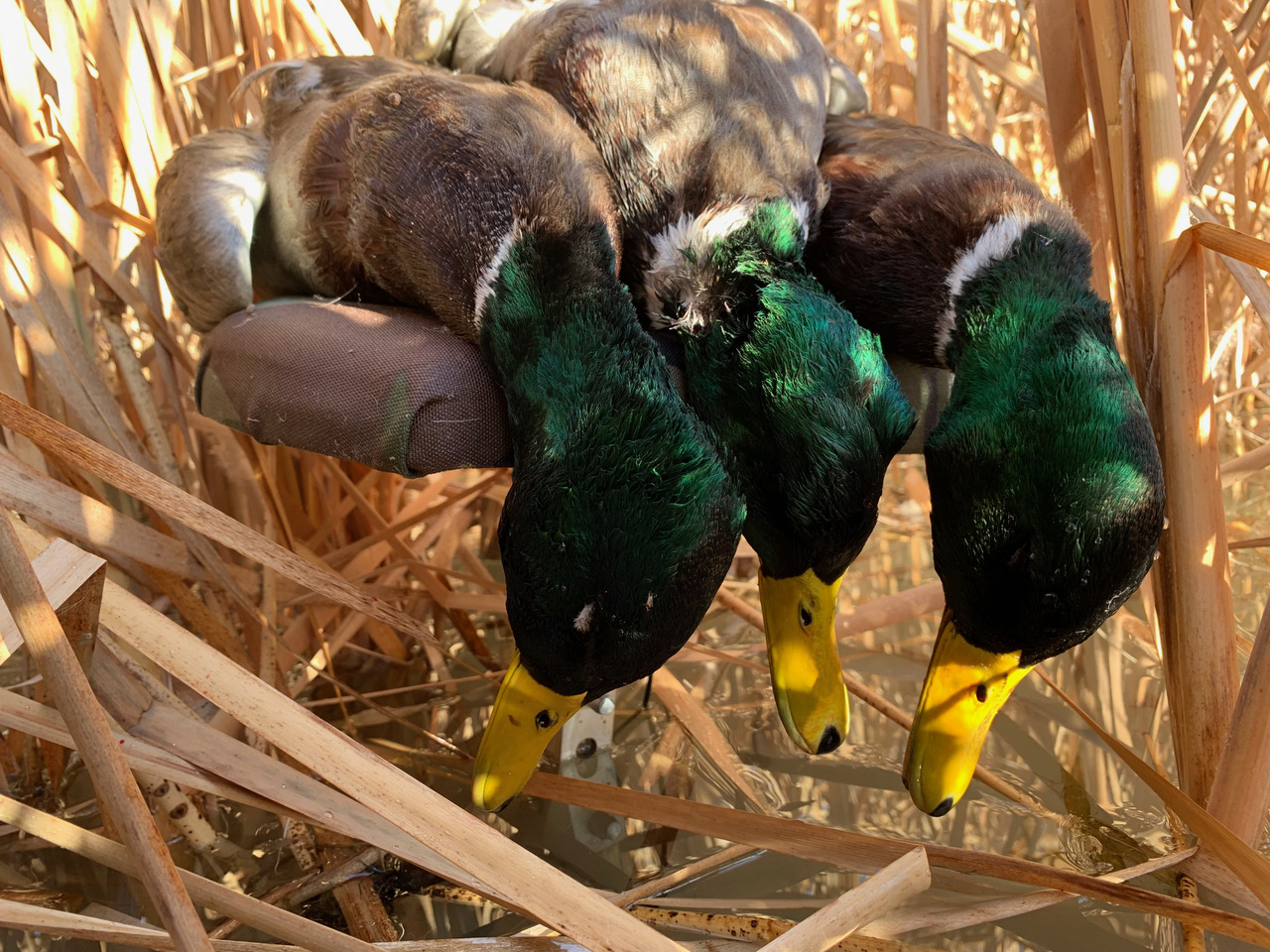The Snake River has received much acclaim as the go-to public land duck hunting destination in Idaho, but it’s certainly not the only place where hunters have an accessible place to hunt waterfowl. About two-thirds of Fish and Game's Wildlife Management Areas (WMAs) are managed with waterfowl in mind—providing food and resting areas for migrating waterfowl.
Fish and Game has 31 WMAs throughout the state, 20 of which can provide good-to-great waterfowl hunting when conditions are right. These WMAs vary greatly in size and are spread out through five of Fish and Game’s seven regions, including the Panhandle, Southwest, Magic Valley, Southeast, and Upper Snake. Most of them have options for quality walk-in access, and portions can be hunted successfully with limited decoys and without a dog.
If you're still looking for place to hunt in Southwest Idaho for the 2024-2025 waterfowl season opener on Saturday, Oct. 19, Fish and Game's WMAs are worth considering.
WMA waterfowl hunting: The big picture
Waterfowl abundance is generally dependent upon weather patterns, and timing of the fall and winter migrations. Because WMAs are so geographically varied, hunting opportunities differ from region to region, and even between WMAs within a region.
As a general rule, WMAs in the northern and eastern part of the state tend to have shorter windows for waterfowl hunting due to an earlier freeze-up, and most of the hunting takes place prior to Thanksgiving. After that, most waterfowl shift to rivers that don't freeze, or freeze later. Waterfowl congregating in those areas often migrate out when temperatures get frigid and the birds move on to warmer climates inside and beyond Idaho. Waterfowl hunters in the Panhandle and Upper Snake regions should know that grizzly bears are active in the fall during the early part of the waterfowl season, and should take precautions and be "bear aware."
WMAs in southern Idaho tend to have longer windows for waterfowl hunting, and many can be hunted throughout the season, depending on local conditions.
Here is a look at the WMAs available to waterfowl hunters in Southwest Idaho. Follow the links for a more in-depth information about each individual WMA, along with maps and other important information.
Keep in mind that the acreages listed for the Wildlife Management Areas encompass the whole WMA, not just the portions suitable for waterfowl hunting. Wetland areas are typically a fraction of the total acreage, and waterfowl hunting on Fish and Game's WMAs is a popular activity—meaning many of these see high usage during duck season, particularly on weekends and holidays. Don't expect to be alone at any particular WMA, and expect competition from other hunters for prime hunting spots.
Hunters should also keep in mind that much of the waterfowl season overlaps with pheasant season, and many of WMAs are also popular pheasant hunting destinations. Fish and Game stocks pheasants at more than half of the WMAs listed below, and there are special rules for pheasant hunters on those properties, including a 10 a.m. start time for shooting hours.
Duck hunters on these properties will often find less competition, and the best waterfowl hunting, before 10 a.m. If duck hunters are planning on pheasant hunting as well, they need to follow those rules, and also not be in possession of shotgun shells containing lead shot while they are waterfowl hunting.
Before hunters head out, they should check out the current Idaho Migratory Game Bird Seasons and Rules brochure and remember that they are required to possess/use:
- A valid Idaho hunting license or hunting passport
- Migratory Bird (HIP) Permit
- Federal Migratory Bird (Duck) Stamp for all hunters 16 years or older
- Nontoxic shot
Waterfowl hunting at Southwest Region WMAs
Payette River WMA | 1,066 acres
This WMA consists of scattered parcels on the Payette and Snake rivers, which includes a total of under 100 acres of ponds, along with islands in the Payette River that are popular with waterfowl hunters. The hunting on the river islands, and the WMA in general, tends to heat up when other water in the area freezes. Canada geese and mallards are the most common species, but other waterfowl including wood ducks, gadwall, widgeon, green-winged teal, and common goldeneye are also found here.
The WMA includes three main sections: birding islands, Emmett segment, and Little Banks Island. Public parking lots and boat launches are available, but the WMA is closed to vehicle traffic and only allows only foot or boat travel.





